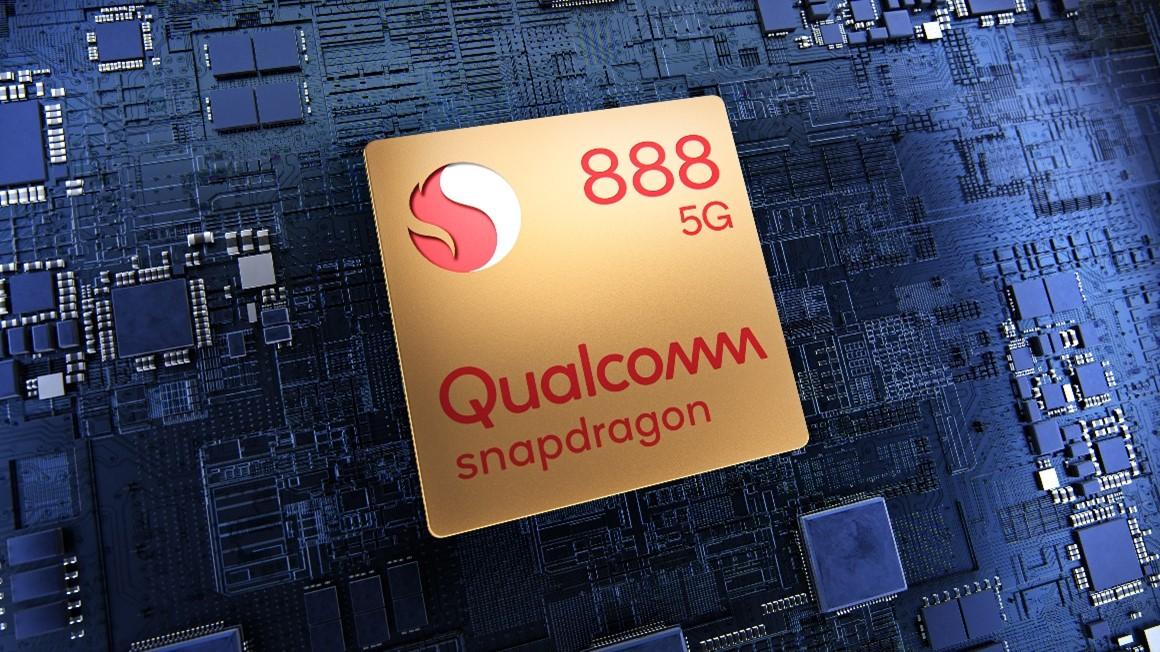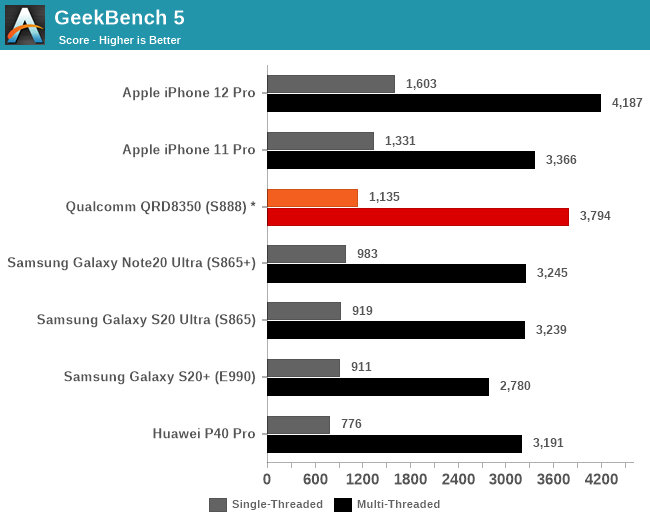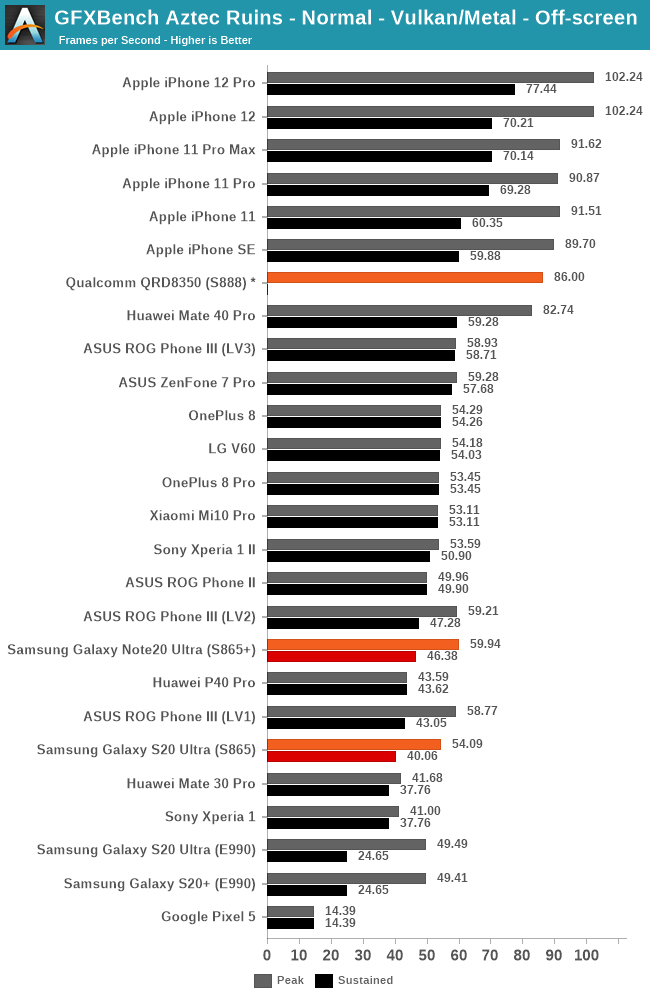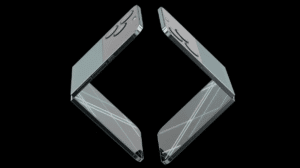In what has become a tradition every year, Apple’s latest A14 chip has beaten Qualcomm’s latest Snapdragon 888 chip when it comes to raw performance in Geekbench and GFXBench comparisons. Snapdragon 888 will be the high-end chip that will be used in premium flagship Android smartphones and tablets over the next year.
AnandTech was given access to early benchmark numbers for the new Snapdragon 888 and the numbers paint a rosy picture when it comes to comparing it to the previous flagship chip, Snapdragon 865+, however, it shows that Apple still maintains its lead over the competition, with even the older A13 chip performing better than the competition in some benchmarks.

Apple’s A14 and A13 outperform Qualcomm’s upcoming Snapdragon 888
In Geekbench 5, the scores show that Apple still reigns supreme when it comes to single-core performance, with even the last generation A13 outperforming the 888. However, Snapdragon 888’s use of new Cortex-X1 cores, which are clocked slightly lower than its predecessor, has paid dividends as the chip performs approximately 16% better in single-core and 17% better in multi-core performance when compared to 865+. While these improvements are considerable, they are not in line with what Qualcomm advertised, which should be around 25% better than the 865+.

In GFXBench tests, we see 888 lag behind A13 and A14 but outperform HUAWEI Kirin 9000, which is the other major competitor in Arm chips on smartphones.

In various other machine learning comparisons, 888 shows massive improvements compared to 865+ and Kirini 9000, by as much as 4x in some tests.
AnandTech believes that if Snapdragon 888 is powered between 4 – 4.5W, it could potentially regain the mobile performance crown from Apple. However, if any throttling is required during high power consumption, toppling Apple will be out of reach for Qualcomm.
While the Snapdragon 888 doesn’t look like it’ll match the peak performance scores of the A13 or A14 SoCs used in Apple’s iPhones, sustained performance will depend quite a bit on the power consumption of the chip. If this lands in at between 4 and 4.5W, then the majority of flagship Android phones in 2021 will likely be able to sustain this peak performance figure and allow Qualcomm to regain the mobile performance crown from Apple. Otherwise if the chip has to significantly throttle, then 888 will probably fall short of retaking the crown. But even if that’s the case, for Android users it shouldn’t matter too much: the generational leap over 2020 phones would still be immense, and by far one of the largest GPU performance leaps Qualcomm has been able to achieve to date.
Qualcomm has its work cut out for it if it ever intends to introduce a powerful Arm chip for desktop and laptops running Windows 10. Microsoft has likely seen the company’s roadmap and decided to take things into its own hands by creating its own chips for Surface products. For now, Apple’s M1 chip runs circles around the second-generation Qualcomm chip in Surface Pro X.




2 comments